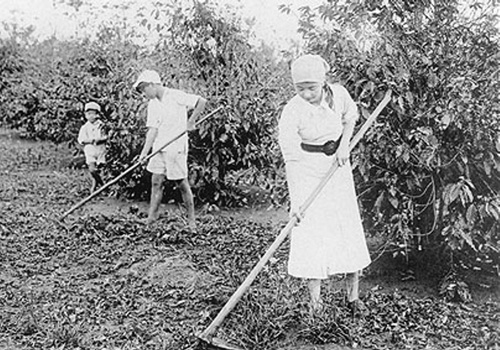
A Brief Historical Overview:
Migration from Japan to Brazil
Between 1908 and the mid-1900s, about 200,000 Japanese migrants left behind poverty and unemployment in Japan to work on coffee plantations in Brazil.
Today, Brazil has more than 1.5 million Japanese descendants – the most anywhere in the world outside Japan.
Migration from Brazil to Japan
In 1990, facing a shortage of factory workers, the Japanese government passed a law allowing second- and third-generation Japanese descendants and their families to live and work in Japan.
Since then, hundreds of thousands of Brazilian families have gone to Japan in search of higher salaries and a better life.
The documentary One Day We Arrived in Japan shows the stories of three of these families.
Additional materials are available in addition to the film. Please email aaronlitvin@gmail.com if you would be interested in viewing the following six additional videos:
Two additional migrant stories, which were not included in the film (10 minutes each)
* Marcos’ story
* Carlos’ story
Four brief FAQ videos about the history and logistics of Brazil-Japan migration (1 minute each)
* When and why did Japanese migrants go to Brazil?
* Where in Brazil do Japanese descendants live?
* Which Brazilians can go to Japan, and why?
* What do employment agencies do for the Brazilian migrants?
We have received many requests from academic institutions and cultural organizations that would like to include the film as part of their courses and programming.
Please contact aaronlitvin@gmail.com